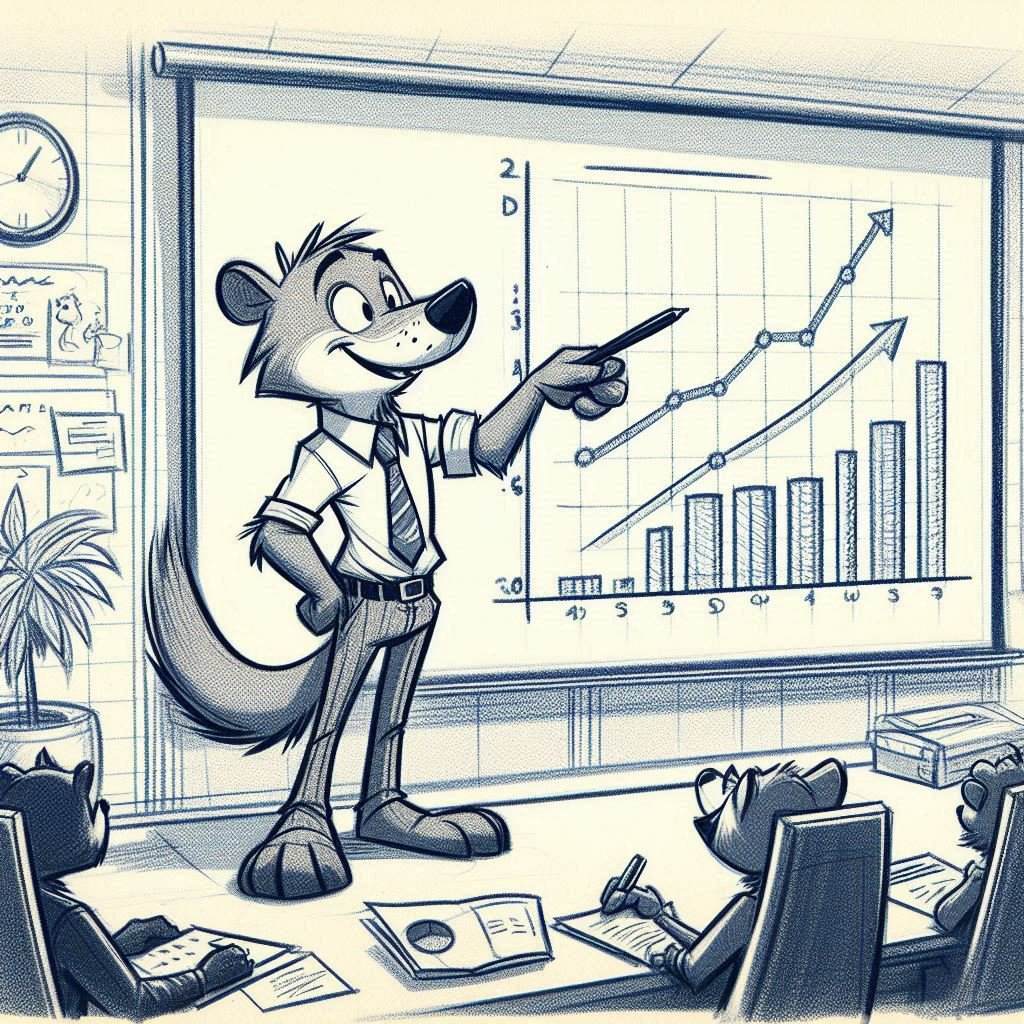Designing for Genre
The last few entries in this blog introduced the concept of “genre” as a way to frame visualization. I analogized visualization to literary genres: different genres of visualizations use the same perceptual building blocks and grammar but put those pieces together with distinct purposes. The core genres were exploration, presentation, and monitoring. We also discussed domain-specific visualization.
These genres also have subgenres: some presentations are meant to be read for scientific analysis, others for emotional resonance.
But why does genre matter? Can’t we say these are different tasks and call it a day?
Genre Helps Understand User Intent
When talking with a client recently, I was struck by how genre matters. They were building a question-answering system. The user can ask questions like, “How were sales last month across four different stores?” The client wanted to create an interface to answer the question.
We realized that question was incomplete — we needed to know why the user was asking.
Maybe they were trying to learn about business dynamics. They might follow the question with another “What products sold better in San Francisco than Seattle?” or “How did that change since last quarter?” or other exploratory questions. A system that provides paths to future exploration would benefit those users.
Other users might want to paste the resulting image into a presentation or a report. Those users will probably care most about styling, design, and readability.
Other users might want to check that figure monthly to monitor how sales are shifting. They plan to put the answer into a dashboard and set up a data pipeline for future queries.
This different intent turns out to be necessary. Genre helps us understand how to answer a user’s needs correctly.
Genre Shapes User Experience
This also implies that genre can help us design a user interface. Tools often confuse these distinctions: presentation features are placed next to exploratory features in charting tools.
Google Sheet’s Chart Editor
Tools for different genres in the same UI
Check out this screenshot from Google Sheets as an example. It offers the user “compare mode” and “background color” next to each other. These are very different tools! “Compare mode” lets you examine the value at any data point, essential for interactive exploratory analysis. On the other hand, “background color” and “border color” are primarily for presentations.
We often see the genres mixed up in the same tool. In Excel, for example, some functions seem to be designed for different genres. For example, Excel pivot tables are excellent for exploration but seem almost unfriendly for presentation. (Perhaps that’s intentional!). Excel’s 3D charts might work well for presentations but are less useful for explorations. Chart types like the stock high/low/close charts are domain-specific to the finance sector.
Unfortunately, all these different uses are mixed into the same menus, leading to user confusion.
Genre Shapes Data Flow
I was talking to a former Chief Data Officer for a Fortune 500 company. He explained to me that his company had spent tremendous amounts of money maintaining data pipelines that were not in use and had hired an audit team merely to determine which pipelines to turn off.
In his telling, their company had designed their data warehouse so that any query became a data pipeline, ready for periodic updates in a dashboard. The system did not distinguish between a data scientist pulling data once for exploration, an executive getting data for a presentation, and a continuing pull for a dashboard. As you might imagine, storage and transfer costs exploded.
Having a way to understand genre would have been invaluable in taking into account their different needs.
Moving Between Genres
This is not to say that questions are confined to one genre. In fact, the same question will often flow between genres. A data scientist might go on an exploration and learn an interesting fact. Later, they’ll present that fact to their stakeholders and perhaps even set up a monitoring solution to see whether that fact continues to hold.
The reverse might happen, too: an executive might see a surprising result on a dashboard and decide to understand what changed, so initiate an exploration.
Designing with Genre
To design a visualization, we must first understand what it will be used for. The concept of “genre” can help describe everyday tasks and use cases. Designing with the genre in mind helps clarify what parts are most important.




